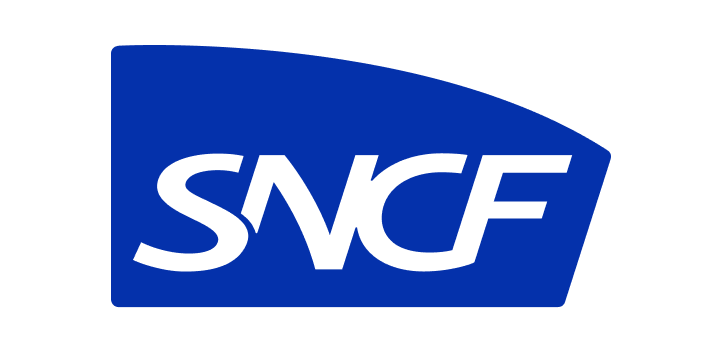As we have seen it in our previous article, a smart contract allows you to certify the exchanges and to bring a better traceability. On the other hand, a link between these events is needed to guarantee the best possible follow-up and this link is... NFTs.
NFT: the ideal digital object for traceability
What can you track easily with blockchain? NFTs of course.
Indeed, you can know any time who the current owner is and trace its history. This particularity has earned NFTs to be used since 2017 to trace the ownership of physical goods.
Indeed, if you create an NFT of ownership for an asset - like a luxury watch - you get something much stronger than a paper certificate: a unique digital object, which no one can copy or destroy, and which will always have a single owner.
With this digital characteristic, you can also add interesting properties - such as warranty - which can then be transferred simultaneously with this NFT.
The ownership of a good is what we follow, then. But could we also follow this possession in the case of a loan?
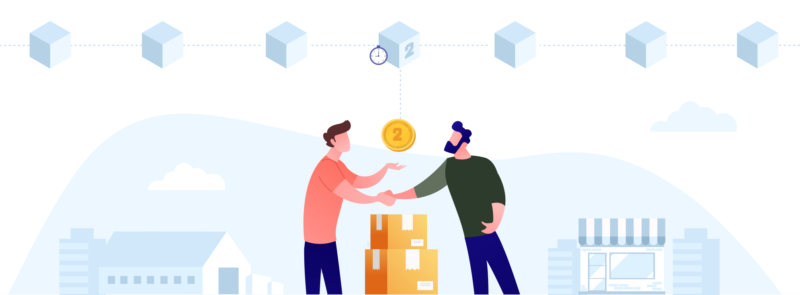
Responsibility Transfer
Numerous discussions with supply chain actors since 2017, made us realize that most of them were facing a recurring problem in terms of traceability and especially on their transport media and packagings, such as pallets. Despite the fact that they could sometimes lose up to 20% of their stock every year, they had not yet found conclusive solutions to stop this plague.
What are these issues behind these losses? The answer is both simple and complicated to address: a lack of responsibility.
Ownest was then created on this new idea: if NFTs can track the ownership of an object, we could also track the momentary borrowing of an object, i.e. the transfer of responsibility.
Then, Ownest has created a SaaS solution relying on the responsibility NFT tracking enabling a real-time visibility on the entire supply chain transfers.
An on-the-ground transfer characterizes itself by the transfer of physical objects with their digital counterpart, the NFTs of responsibilities corresponding to each of these objects.
As previously seen, in order to make this work, each party must agree on what is being exchanged. Therefore, these NFTs must be agreed upon.
The key to transfer: acceptance
Ownest has therefore added a new dimension to the smart contracts of these NFTs: acceptance.
This translates into a verification of the transferred content to be sure that it corresponds to its digital version.
This forces a consensus on the content exchanged: there can only be a digital exchange if it corresponds to the physical reality
The hot potato game
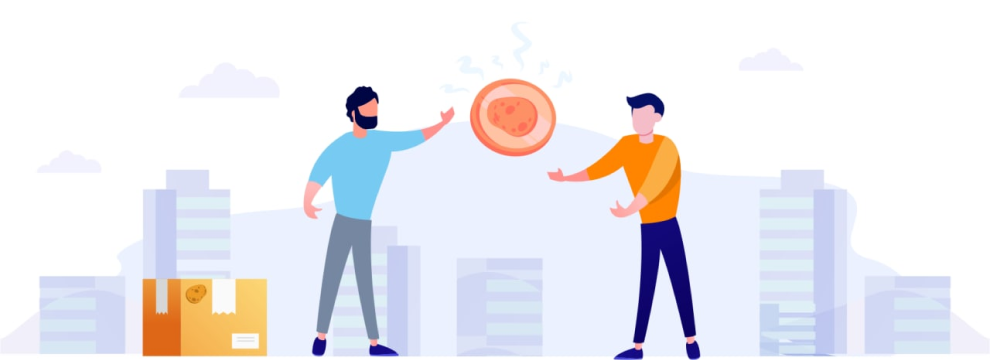
These responsibility tokens are easy to understand for the field operator (driver, warehouse worker, forklift operator, etc...): As soon as I have NFTs on my personal account, I get back the responsibility of the tokenized assets. Thus, if these goods are broken or lost, I inherit the associated penalties.
To the user, these new kind of NFTs look very much like "Hot Potatoes"🥔 🔥 :
The idea is to get rid of these liability NFTs as soon as possible and transfer them to the next link in the supply chain to prevent them from burning you.
This has an immediate beneficial effect on logistics, as everyone can now easily imagine their responsibilities. This awareness is reflected in a renewed focus on and improvement of field processes.
A multitude of uses
For which assets can these NFTs be used? The answer is simple: almost all.
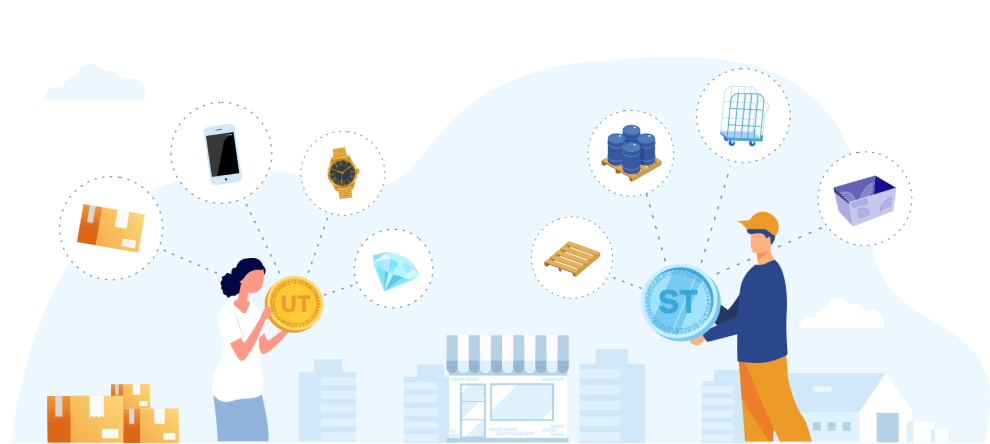
Indeed, an NFT is a digital object and is not linked to a particular type of asset. It can therefore represent the responsibility of a luxury bag, as well as a construction site rail or even a ton of wheat. It could also represent another digital object (contract, data, ...).
It can also represent these objects in different ways. Some goods are unique while others are available in stock. The NFT can thus represent stock as well as units.
For example:
- Stock: 15 blue pallets will be represented by 15 undifferentiated "Blue Pallet" NFTs, which can be used for any item of that type.
- Unit: 2 parcels will be represented by 2 totally unique "Parcel xxx" NFTs, identified by the number of each parcel and which can carry other unique characteristics.
We will discuss the Ownest use cases in more detail in article #03 - Identifying the most relevant business use cases.
Field applications minus the web3 complexity
Ownest was created as an on-the-field solution. Although it is based on advanced technologies such as blockchain and NFTs, it must be usable by all players in a supply chain.
Ownest Mobile is an application that can be accessed on any device with a simple web browser. It is accessible via an account with a classic identifier (email/phone) and a password. It is possible to make a transfer with only one device in order to reduce friction (carriers often don't have devices). This allows the operator to see his stocks, transfer and accept, and view his waybills
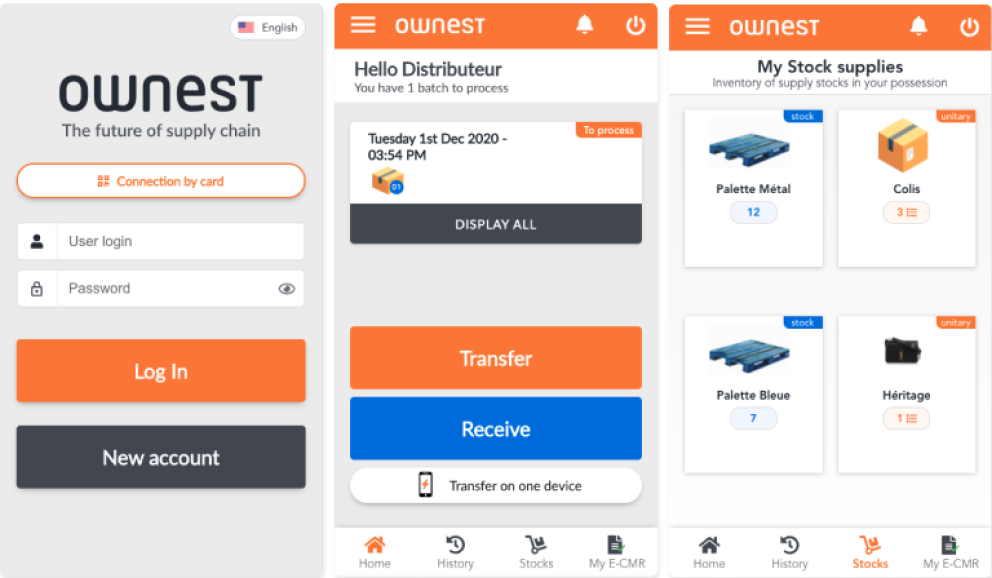
On the other side of the chain, Ownest Dashboard is a desktop application - accessible via a browser - that allows logistics managers to monitor their supply chain. Essential functionalities for the smooth running of logistics have been implemented over time: employee and organization management, alert system, CMR edition, dispute management, etc...
These applications are the result of work in the field coupled with the expertise of our teams and the excellent feedback received from our customers.
To conclude, Ownest is a pure supply chain tool.
NFTs and blockchain may be our core technologies, but they are primarily used to solve complex logistics use cases with simple supply chain applications.
These are all elements that we will address in the next part of our series of articles produced as part of our joint offer with the digital transformation consulting firm Keyrus.
![Cdiscount 2022 04 01 174830 mhxm]()
![Scnfbis]()
![Saint Laurent]() Company
Company

